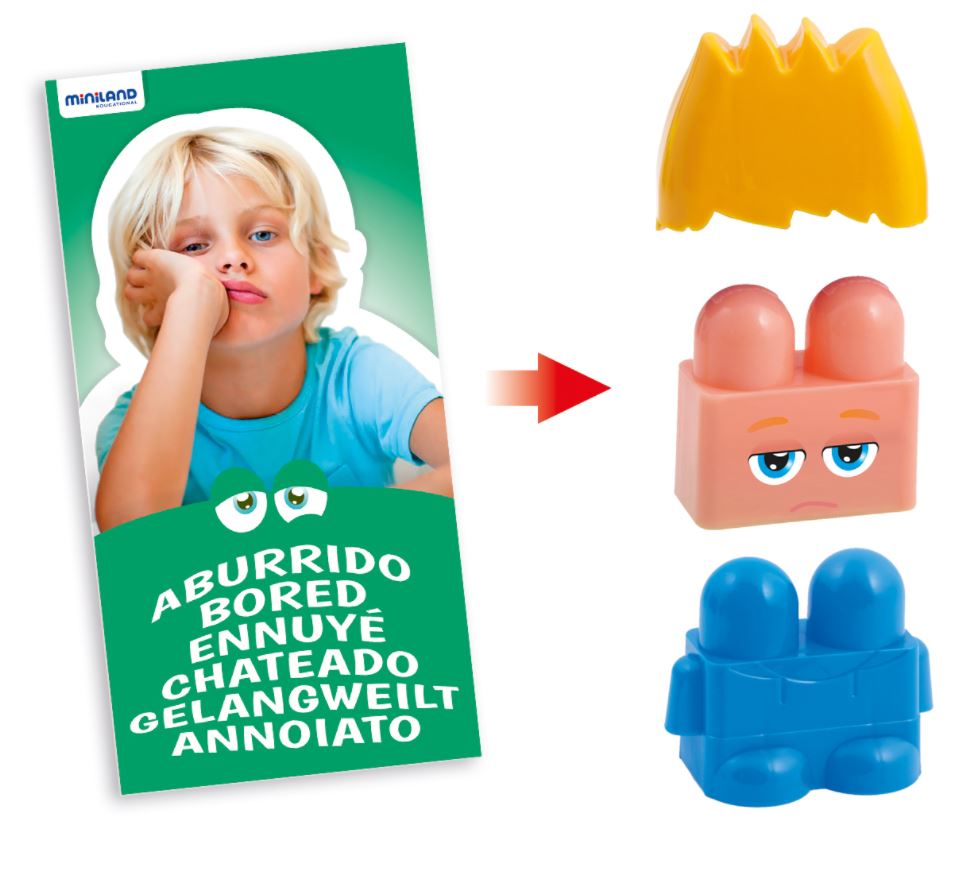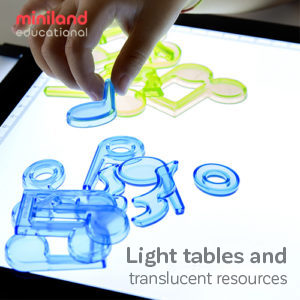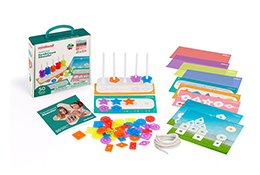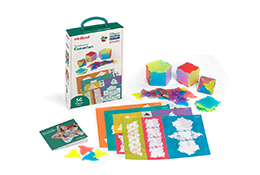We normally live in a very fast-paced world, with overscheduling, job-related stresses, educational responsibilities, and excessive screen-time creating demands on adults and children alike.
Now that the world has come to a stand-still, parents and educators are realizing the incredible and often negative impact these societal norms have on children.
With a global lockdown of unprecedented proportions in place, children are looking to their parents and virtual educators for answers. Why are things so different? Why can’t I go back to school? Why can’t I see my friends? What am I feeling?
Play time is more crucial than ever. Not only does it cover essential skill-building but it’s also an invaluable tool to help children, particularly young children, manage their overwhelming emotions.
With parents having to stay home and play both parent and educator, the added stress they’re experiencing inevitably passes on to their children. It’s normal. Expectations are nearly impossible to meet, and both teachers and parents alike are finding it incredibly challenging to continue both educating and raising their children while simultaneously working and worrying.
Play could be the answer you’re looking for.
Our best-selling Emotiblocks were recently featured in a CNN round-up for the Easter holiday, where Editor Christina Vercelletto stated:
“Preschoolers can create scores of characters expressing various emotions with this award-winning toy. Playing with the blocks builds visual and spatial-relation skills, but can also jump-start a conversation about feelings. That might be helpful this Easter, when even a 3-year-old might sense things aren’t quite right, but doesn’t understand why.”
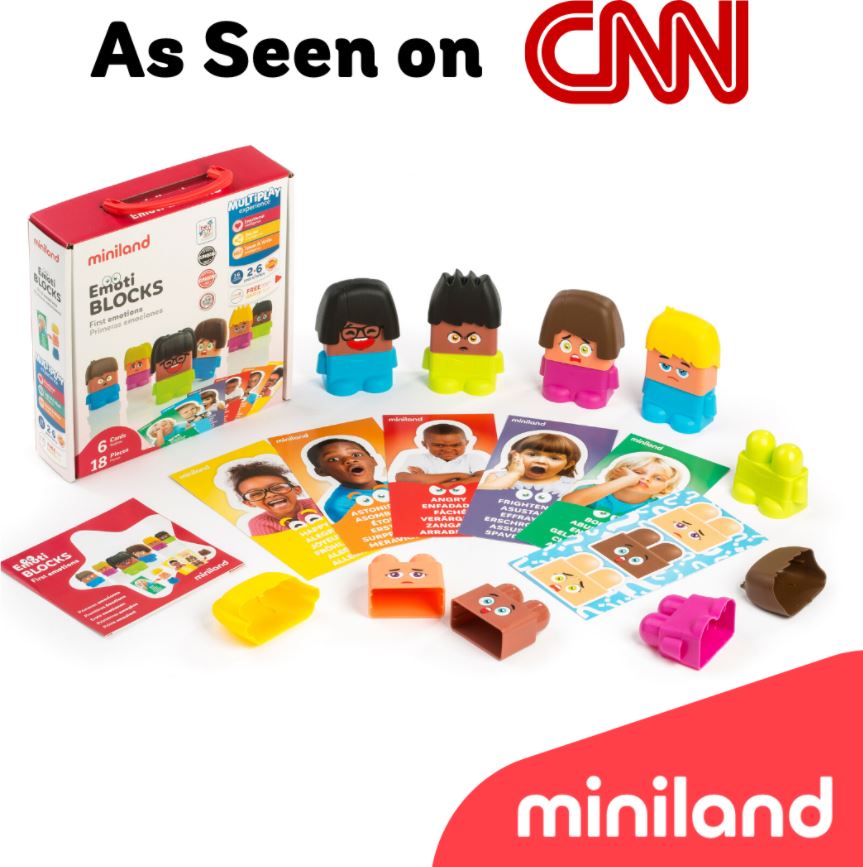
Recognizing one’s emotions is a crucial part of daily life, and one of the most important skills a child should learn. When children learn how to express and understand their emotions and the emotions of others, it helps them better navigate situations they’re dealing with, both good and bad.
During this global pandemic, your child or student may feel very sad to be out of school, or they may be excited to be home every day, or a combination of both! They may feel anxious about why their schedules have changed. They may be craving routine or want more attention. They may feel angry that you have to work or create lesson plans. They may feel happy to not have school work or frustrated at having to complete work sheets.
There are a multitude of emotions they may be experiencing, and often times all within a span of 30 minutes! It can be draining to try and understand what it is they’re attempting to express, all with the added weight of having to stay home with no helpful distractions or entertainments elsewhere.
They’re on an emotional rollercoaster that shows itself through:
- Tantrums
- Lashing out
- Whining
- Excessive Energy
- Lethargy
- Over-stimulation
- Boredom
- Clinginess
The emotional development of a pre-schooler to first grader is especially challenging. Add that to the fact that they’re feeding off of your ever changing emotions during this particularly stressful time and you’re faced with a chaotic and draining situation.
According to WebMD, “though your 3-year-old child [or student] is beginning to understand the emotions he’s feeling, he still has very little control over them. If he finds something funny, he’ll laugh hysterically. If something makes him feel sad or angry, he’ll burst into tears. At this age, your preschooler still hasn’t developed much impulse control. If he feels something, he’s likely to act on it. As a child gets older, they’ll begin to see a connection between emotional outbursts and negative consequences. Throwing a tantrum may result in a “time out” or a favorite toy being taken away. These consequences are helping your 4 or 5-year-old understand a tantrum isn’t an acceptable way to show emotion.”
Given the enormous changes and challenges everyone is experiencing right now, imagine how difficult it must be to be a child during all of this, and unable to easily talk about how and why they’re feeling the way they do.
Letting them learn through play is one of the best ways to help them (and you!) cope.
Emotiblocks are quickly becoming a simple tool that parents and teachers can turn to as a guide for children to easily convey their emotions and the emotions of others, all through the wonderful world of play.
The delightful, colorful and engaging blocks can help children create over 100 possible combinations using the interlocking Emotiblock figures. The entire set includes 18 interchangeable pieces, 6 emotions cards, a complete teacher/parent guide full of educational activities, and it all comes in a reusable carrying case to make clean-up a breeze.
The value of Emotional Literacy also helps children to be social competent and enables them to recognize and respond to social cues appropriately. Emotiblocks and the included cards teach children how to recognize facial expressions and the words for them in six different languages. The activity cards can be used as prompts for children to practice expressive language (output) when talking about the emotions or receptive language (input) as they hear about the emotions. The teacher and parent guide offers many ideas for activities and games that will help kids learn emotional literacy while having fun.
Parents can play the game with their children to help start conversations, particularly tough ones like the ones children may want to have now during the pandemic.
Kids Health recommends asking questions that are appropriate for their age level, like: “Do you have questions about the sickness going around?”
Keep the conversations simple so they can pinpoint which block feels like them the most. Use the blocks as a visual guide to support your questions.
For example, ask your child things like:
- “Which block is (insert child’s name) today?”
- “Are you (hold up “happy” Emotiblock) or (hold up “sad” Emotiblock) today?”
- “You were at school before and now you’re home with Mommy (Daddy, Grandma, etc.). Show Mommy which Emotiblock you feel like. Is this what (insert child’s name) looks like? Or this one?” (Allow the child to point to any Emotiblock figure).
- “Which Emotiblock does Mommy or Daddy look like the most? The scared one? Yeah sometimes Mommy’s and Daddy’s get scared too. But guess what. Things will get better and we have each other, right?”
- “When you hear the TV talk about the sickness, what Emotiblock looks like you? You’re scared? I know it’s normal to feel scared. But Mommy and Daddy are here to take care of you and this sickness happens a lot to grown-ups and not kids that much. Do you have more questions for Mommy?”
Teachers who may be checking in with their students virtually can use the game to kick start conversations. Many children may share more with their teachers than they would with their parents.
Teachers can hold up various blocks and ask students to raise their hand when they see an Emotiblock that matches their emotion in that moment.
- “Boys and girls, how are you feeling today? Are you feeling like this Emotiblock?” (hold up an Emotiblock of your choosing) Raise your hand! Or are you feeling like this Emotiblock? (hold up a different Emotiblock)
- “How are your families doing at home? Do they look like this Emotiblock or this Emotiblock?”
- “Are you happy to be out of school or does it make you sad?”
- “How do we say sad in Spanish? Let’s practice! What are some things we can do to not feel sad about being out of school?”
- “So glad to see how happy you all are today! What are some things you’ve been doing at home that make you happy?”
- “Have you been staying home or do you go to the store with your Mom or Dad? What Emotiblock looks like you when you’re at the store with your parents? The “funny” laughing Emotiblock? Yeah it is pretty funny to see people wearing masks around. It’s sort of like Halloween a little bit right?”
The more you pose questions with the Emotiblocks as tools to help support your communication, the more children will navigate this unchartered territory and grow confident in their ability to share their feelings as well as recognize the feelings of others.
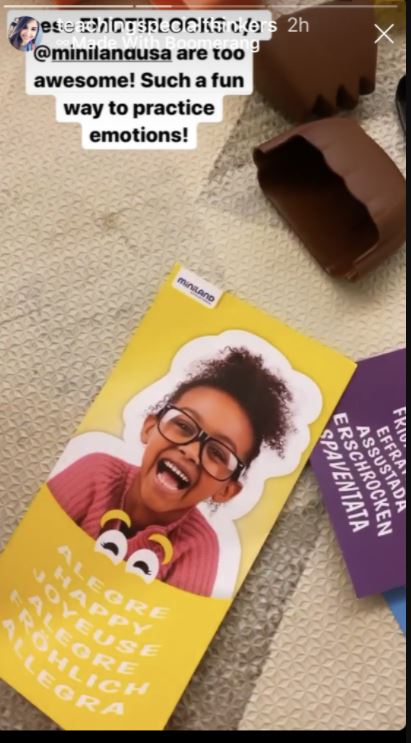
(image courtesy of @TeachingSpecialThinkers)
Children don’t have to flounder during this time or once the world gets back to its new normal. Letting them focus on the positive and safe space you’re creating for them is that much easier through play time. Let them play; let them foster their creativity and imagination.
